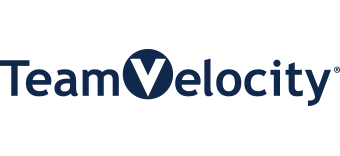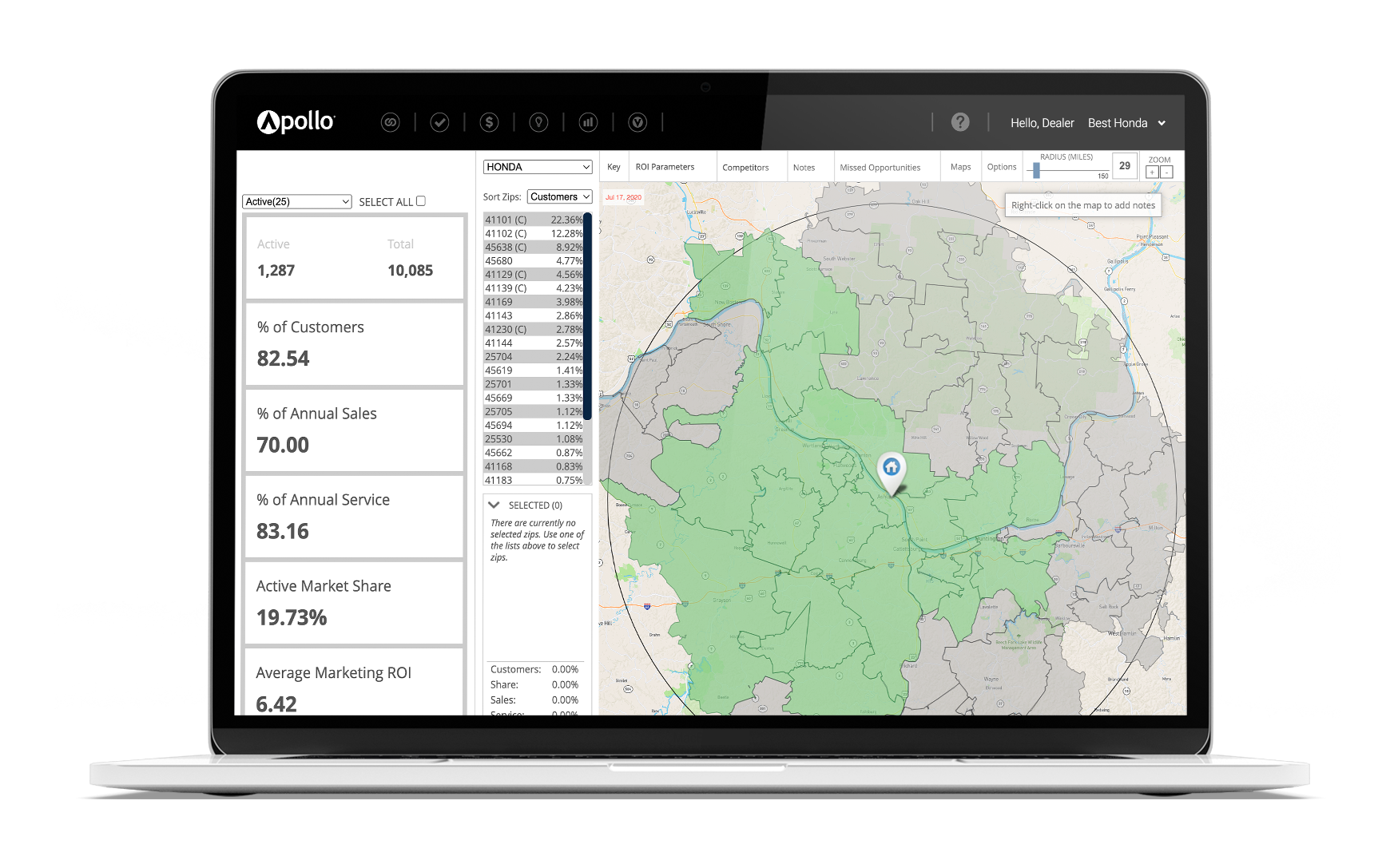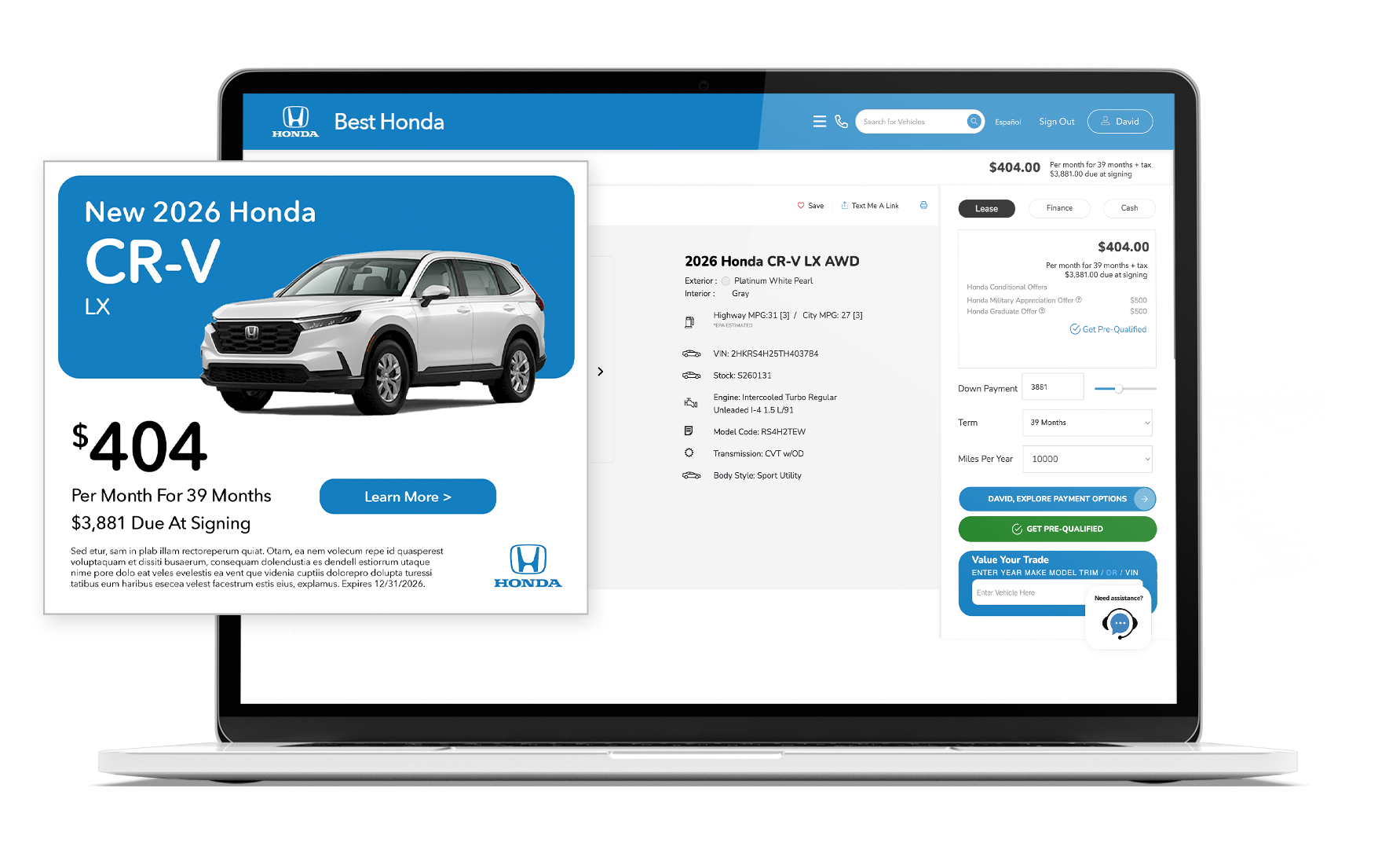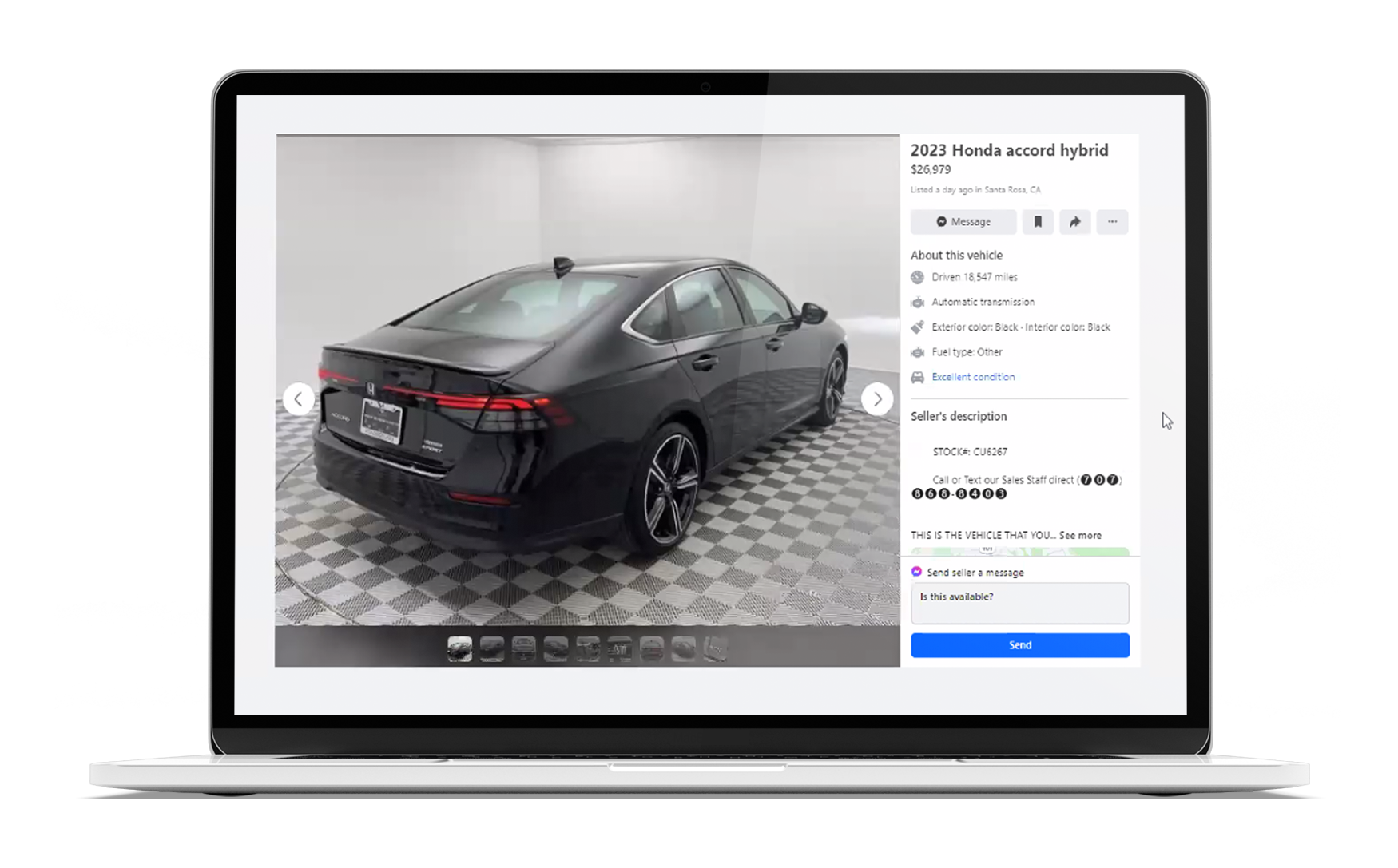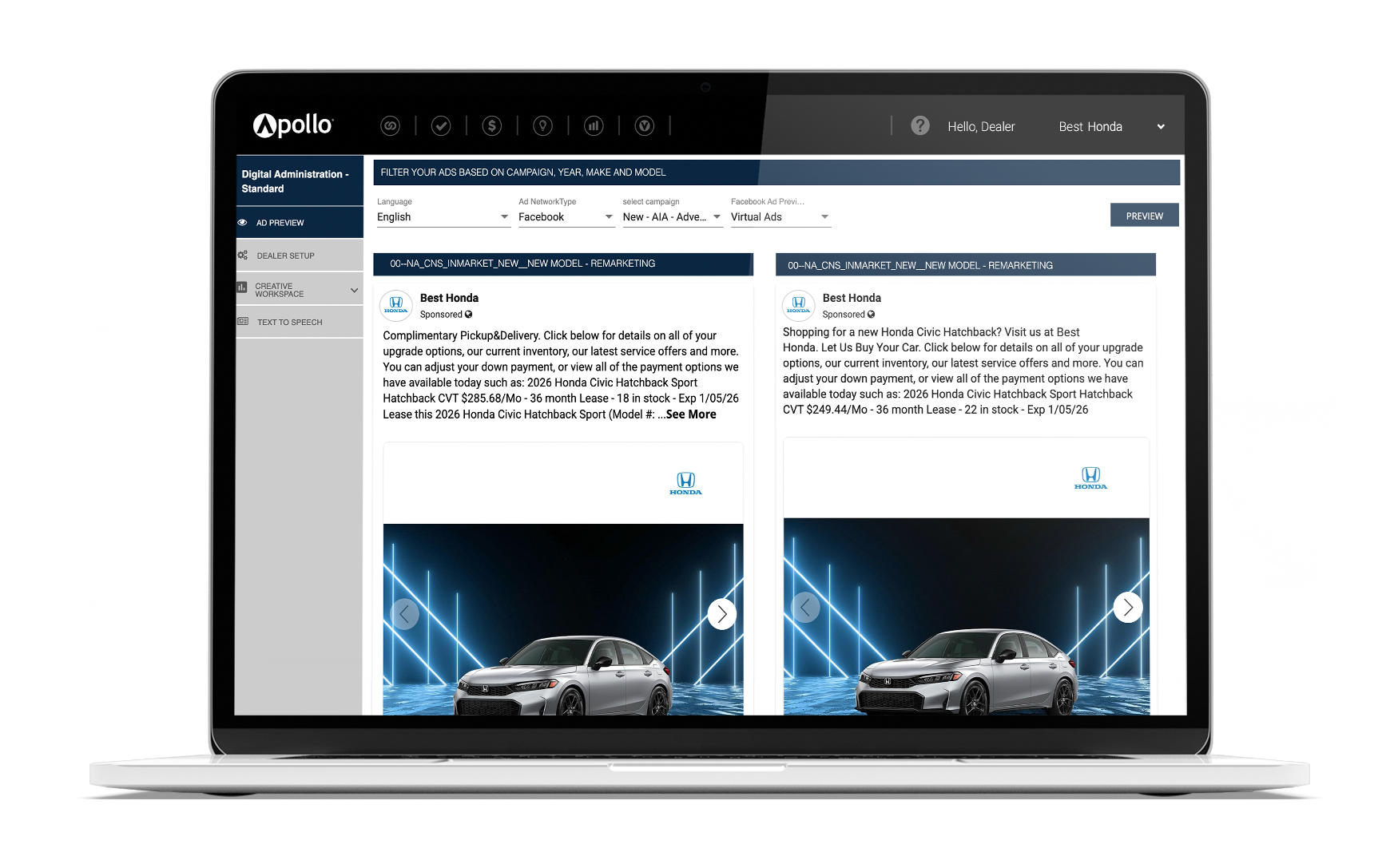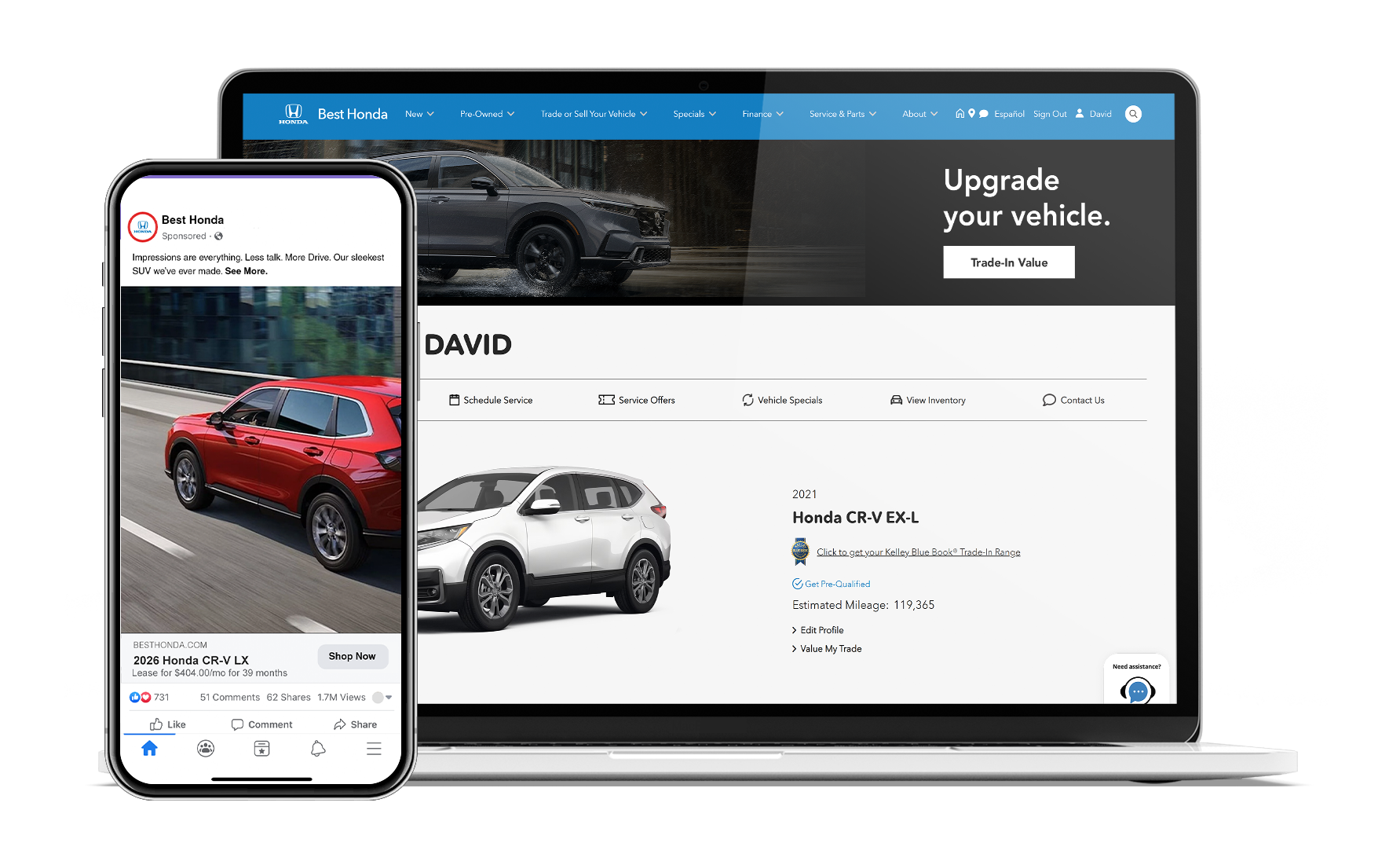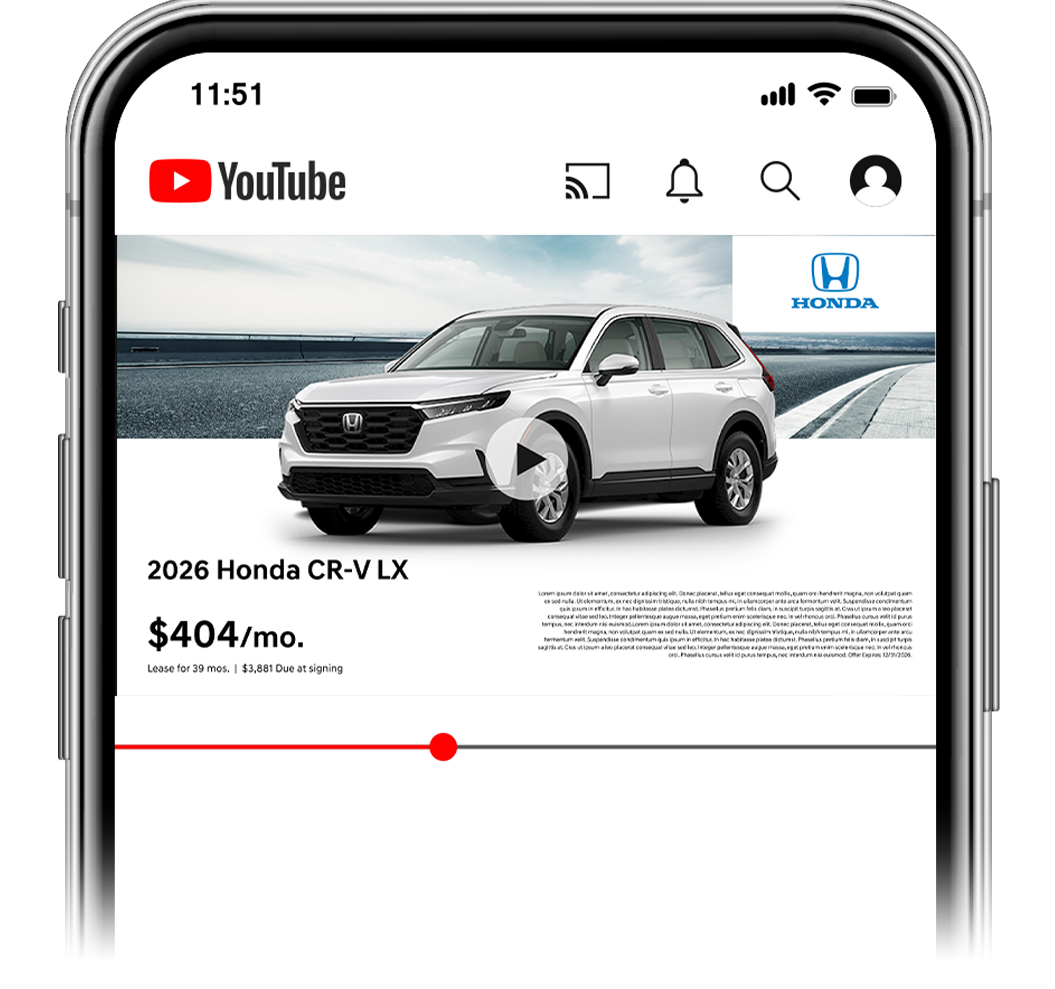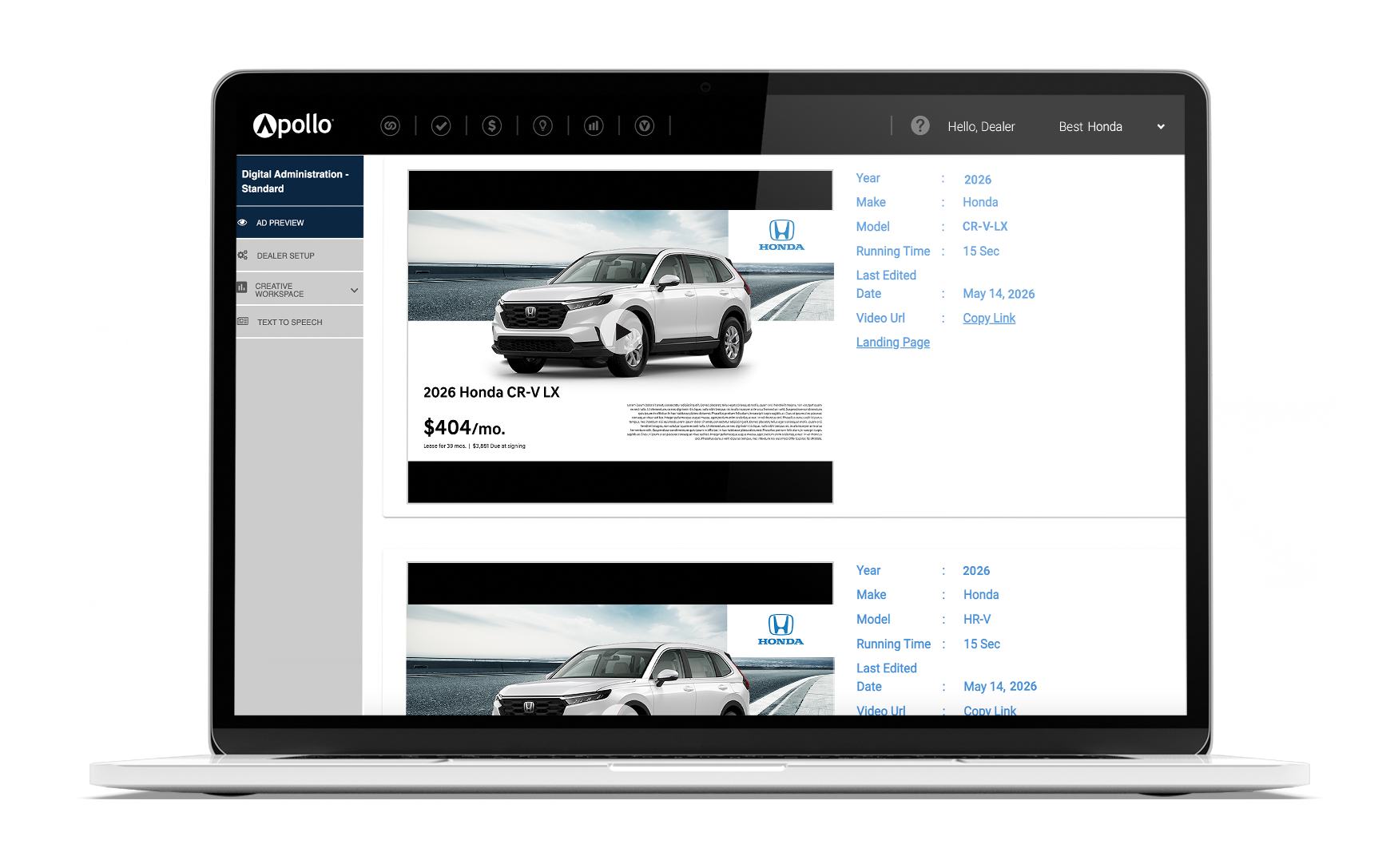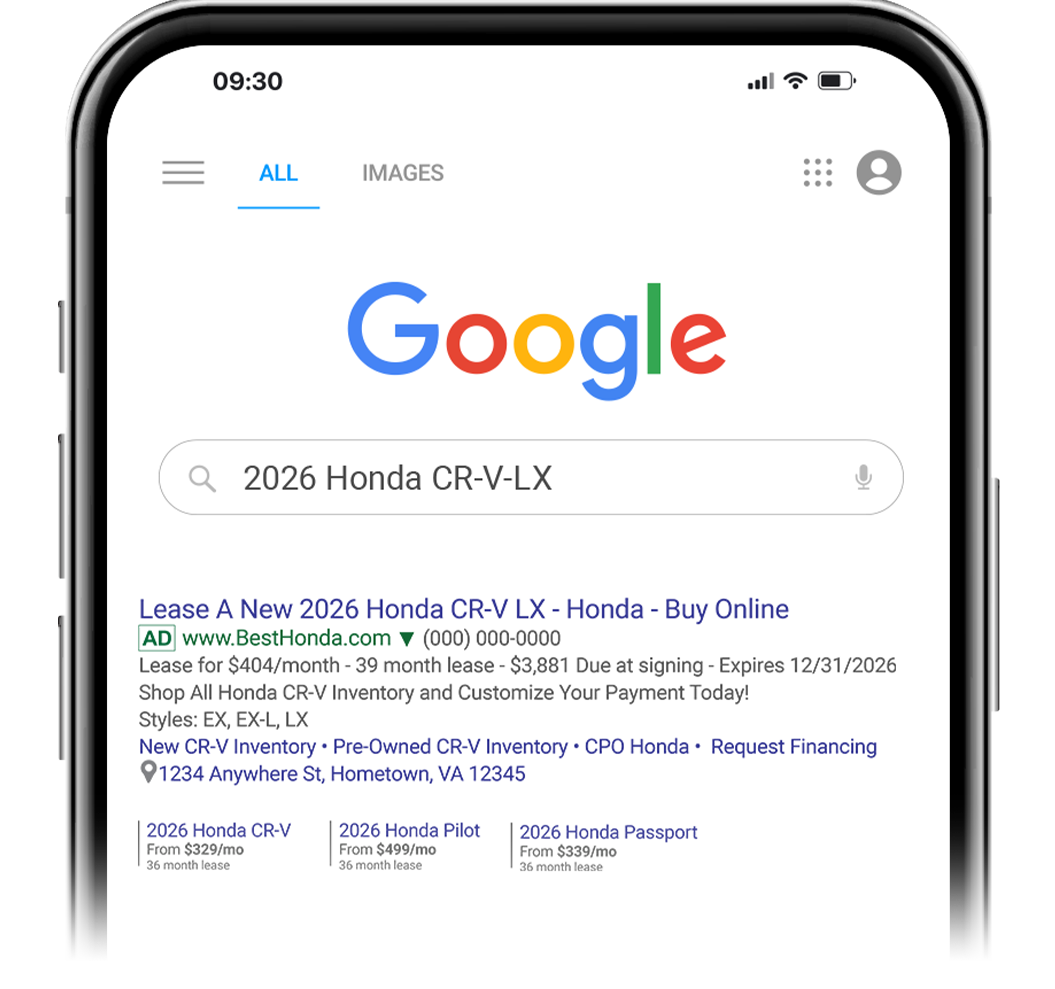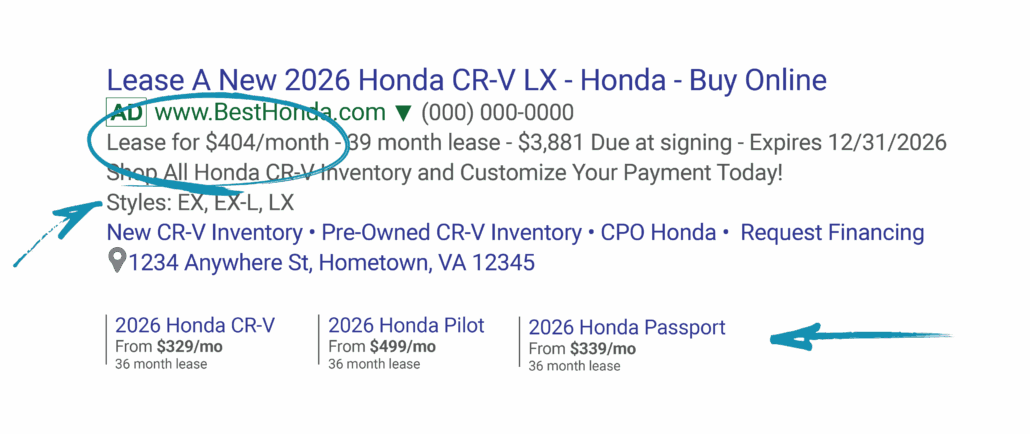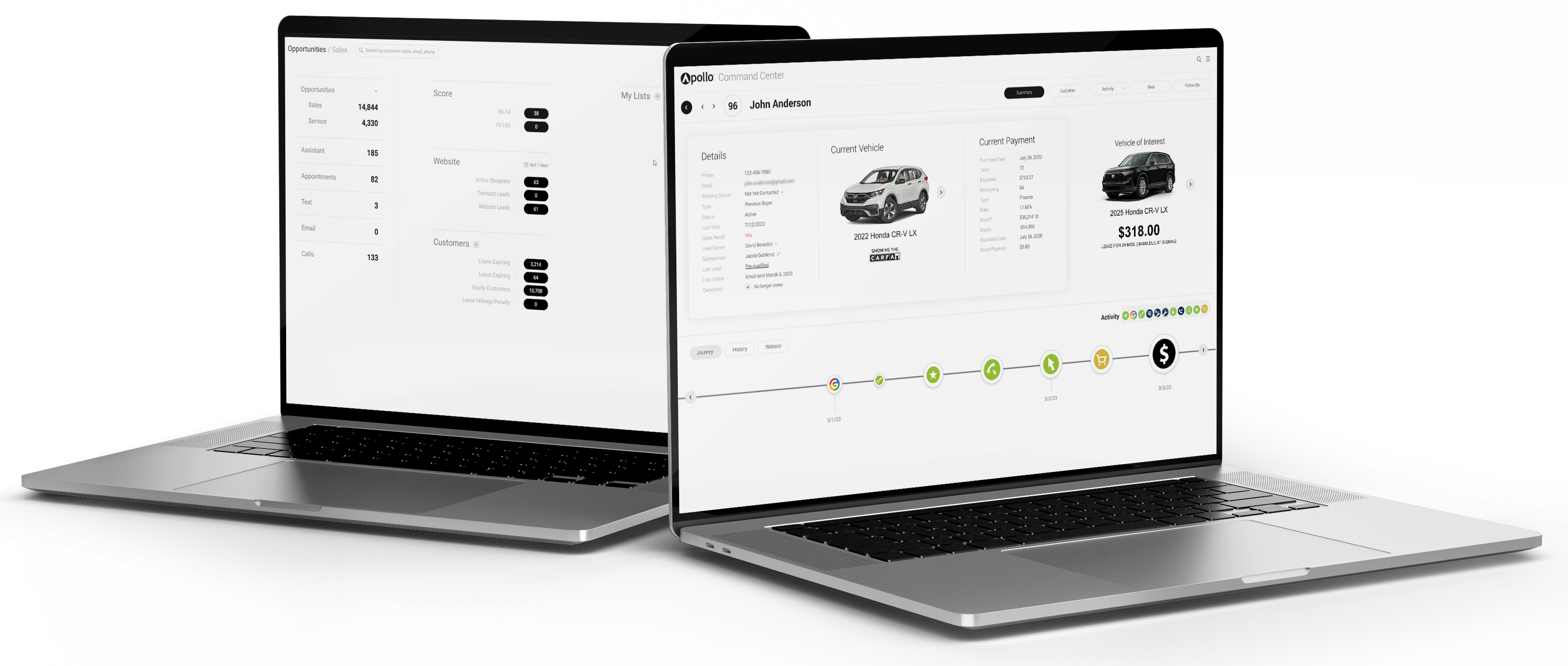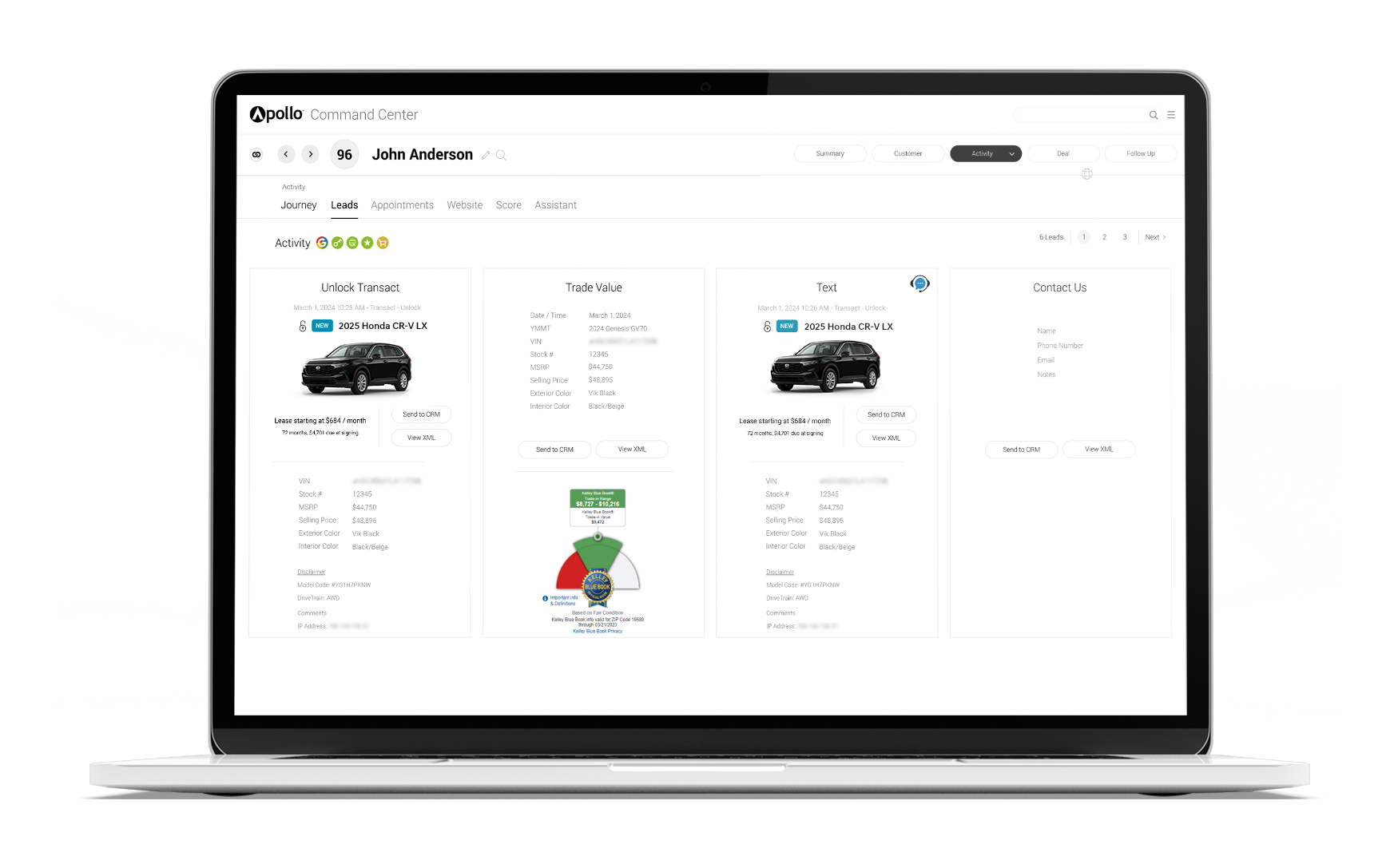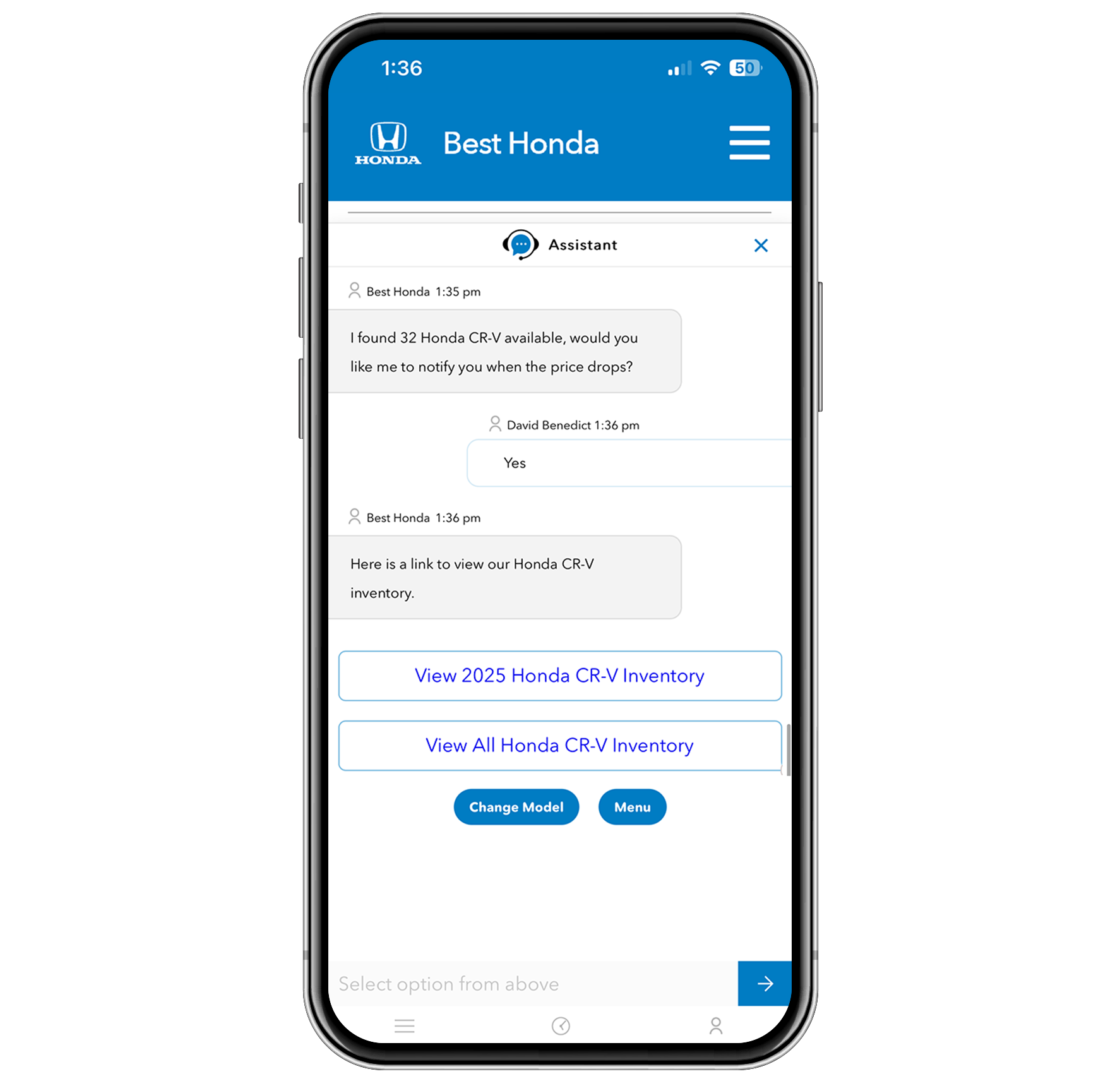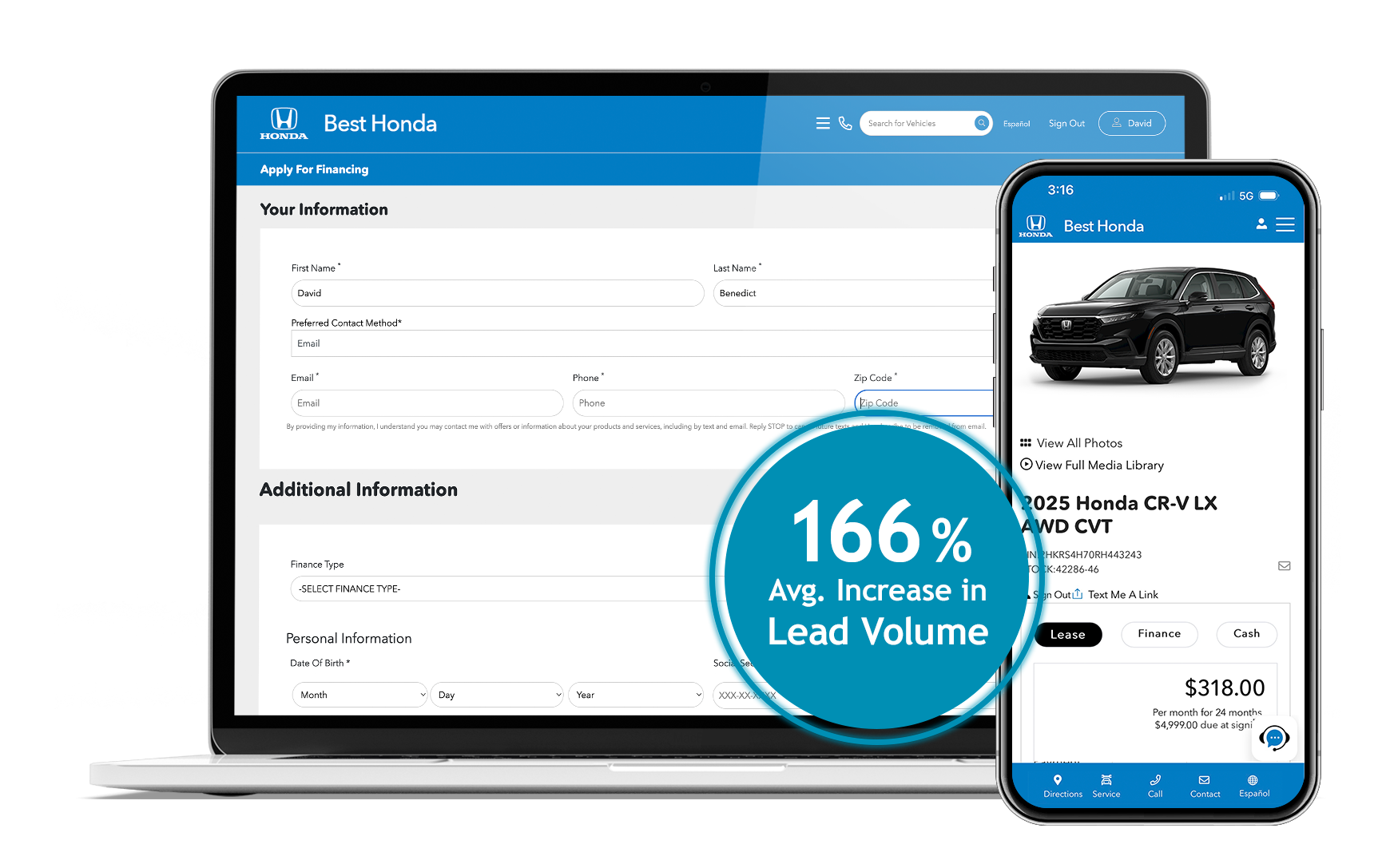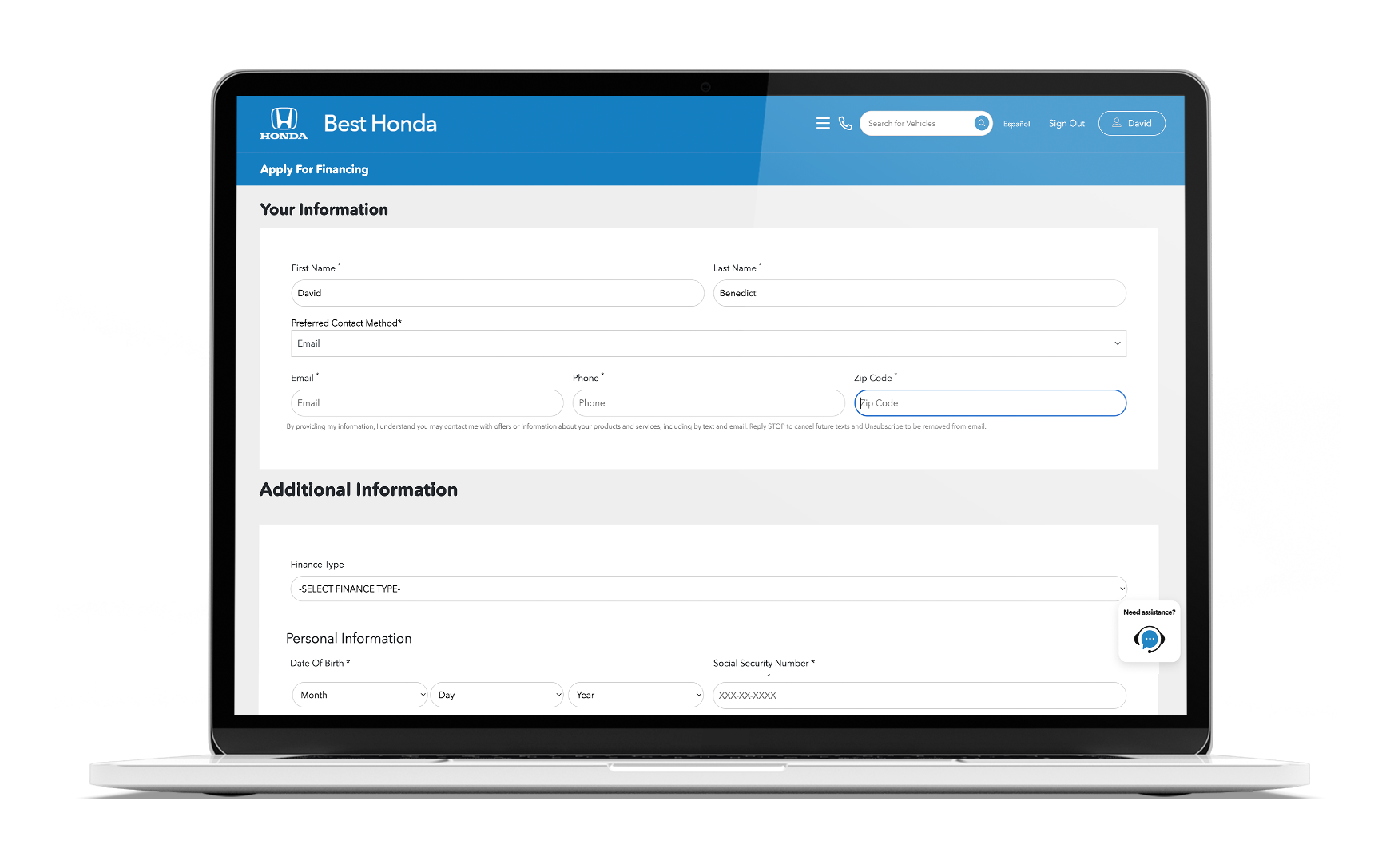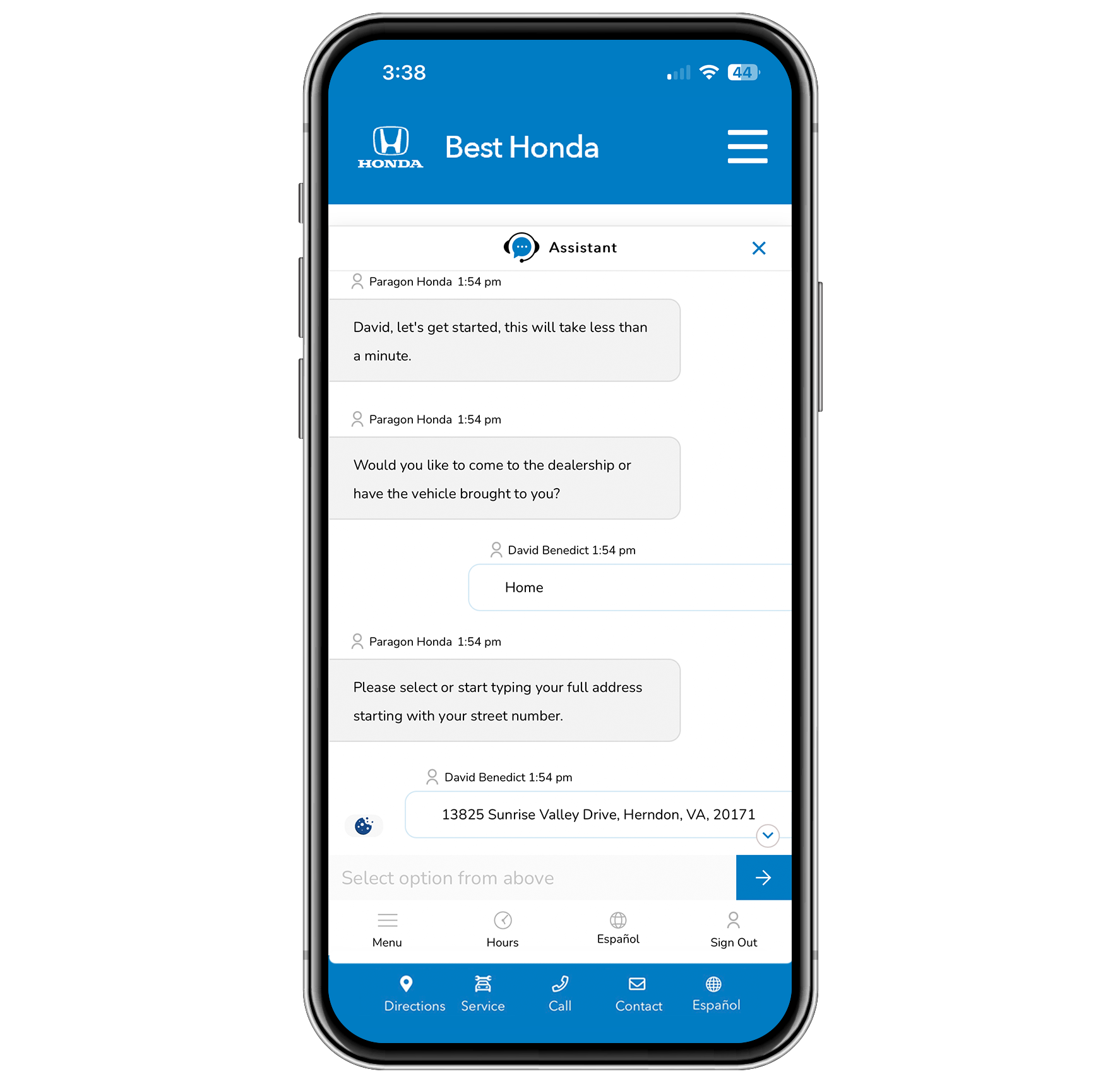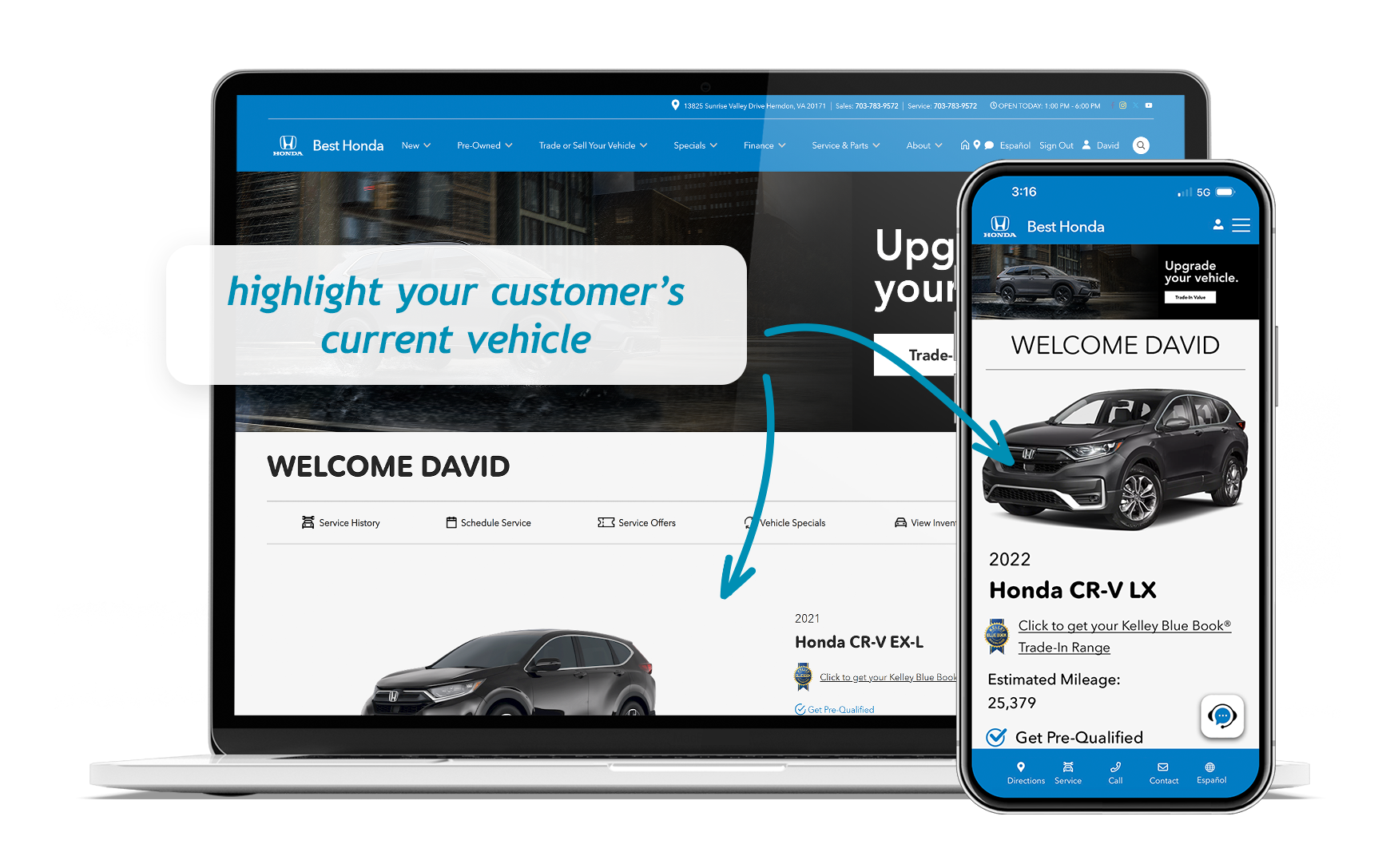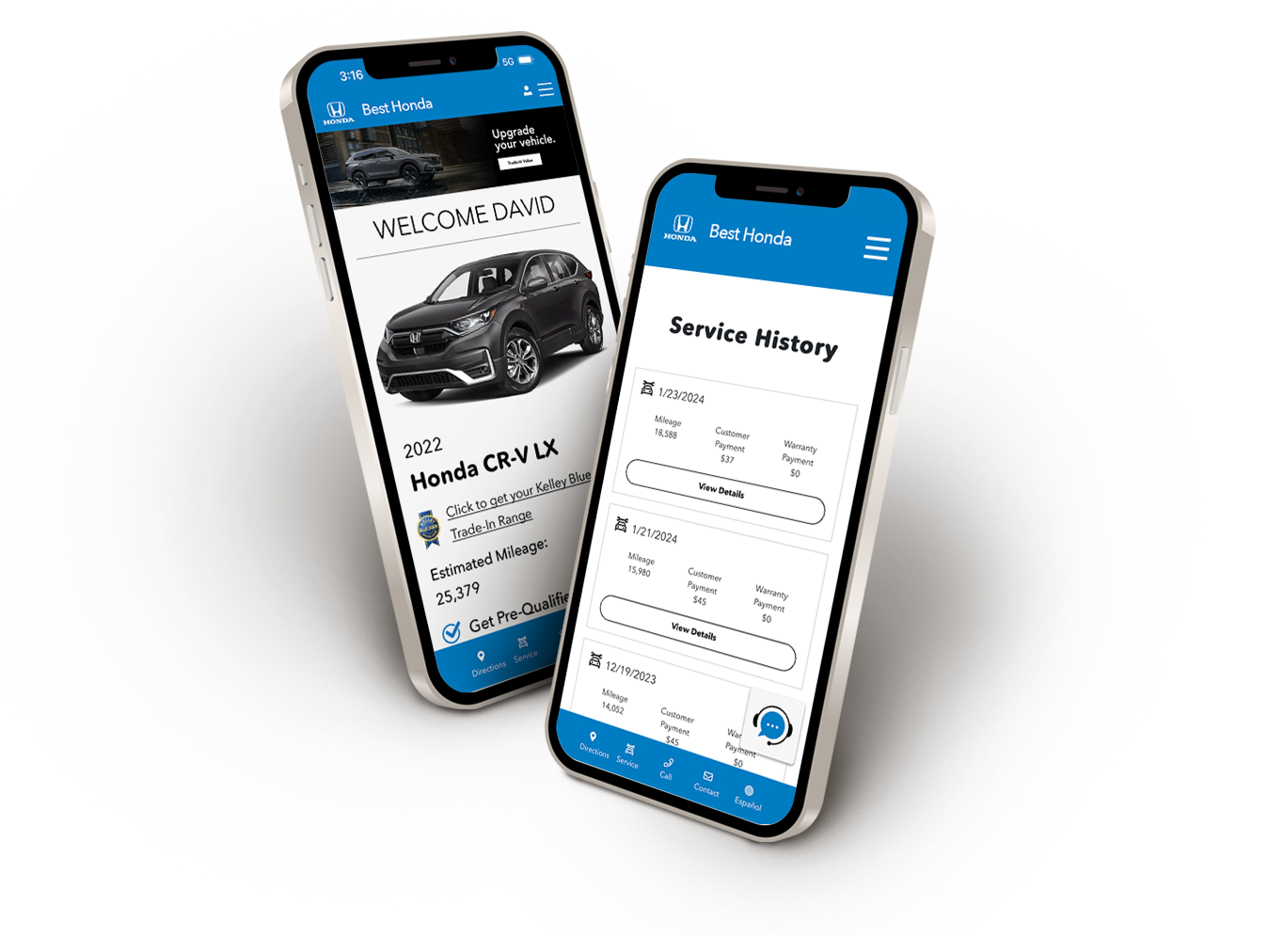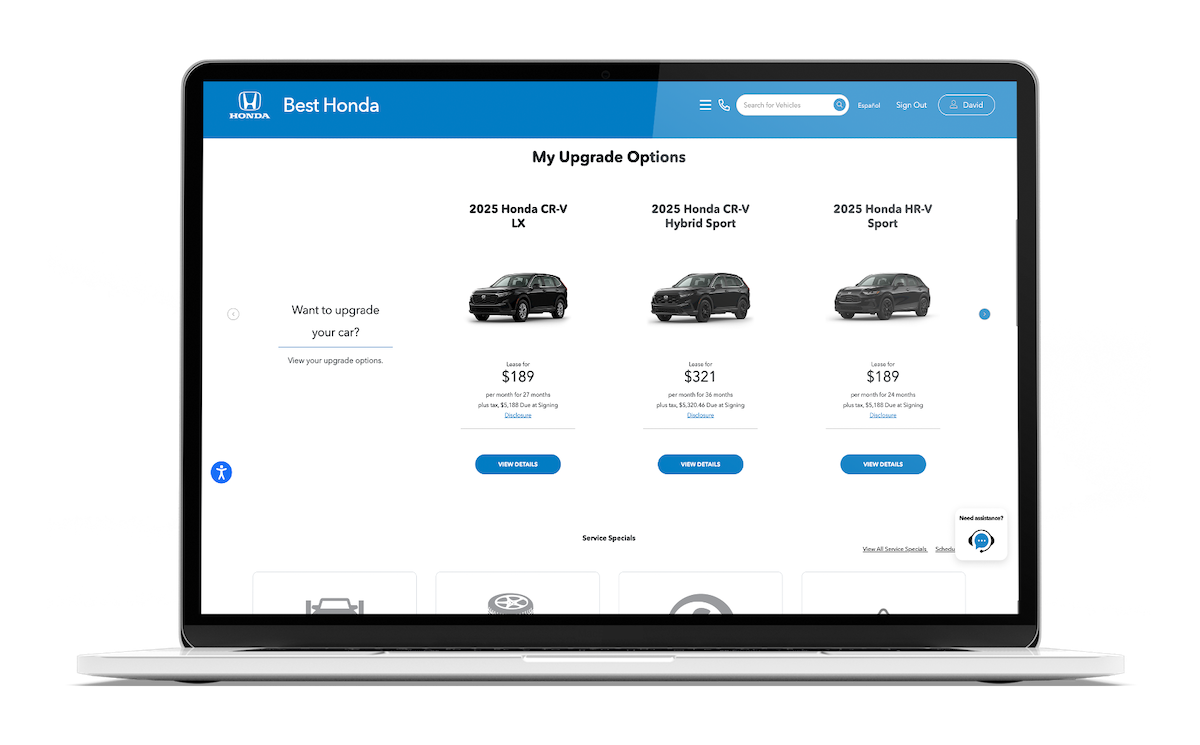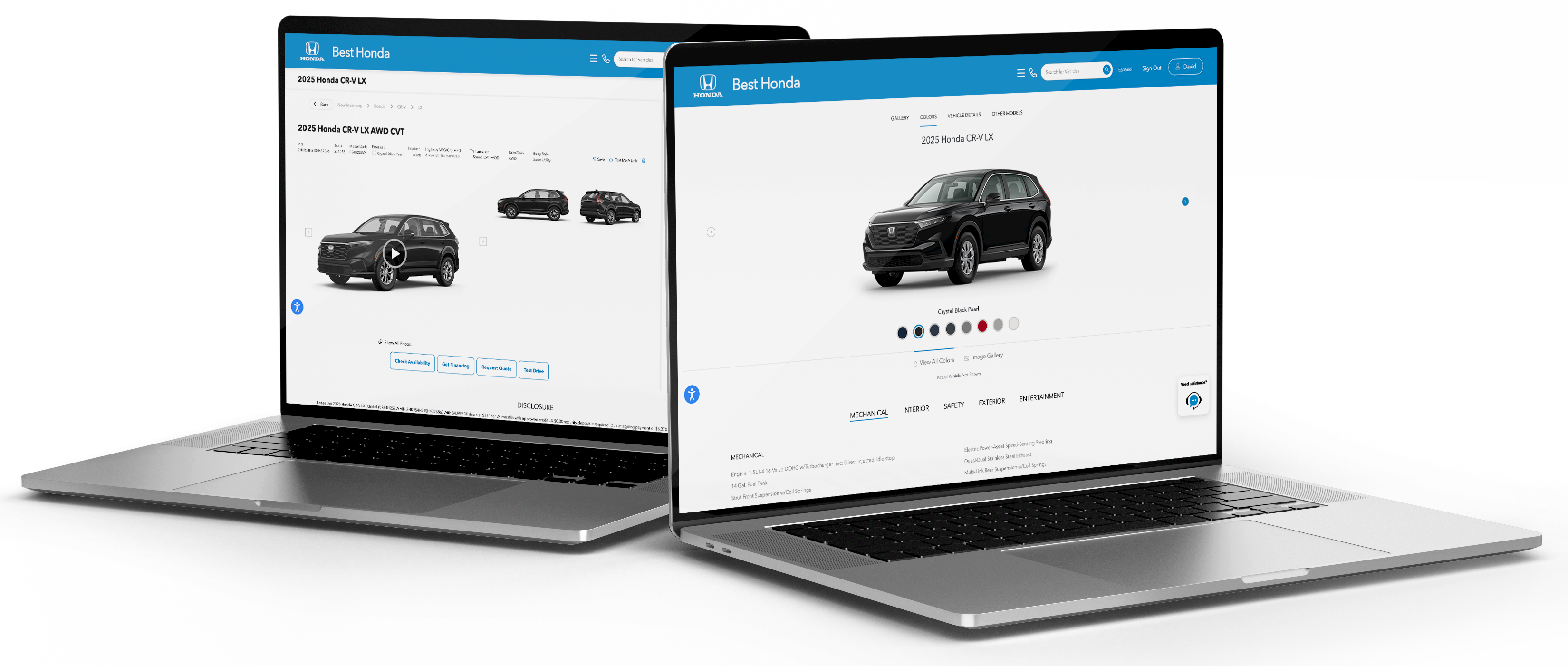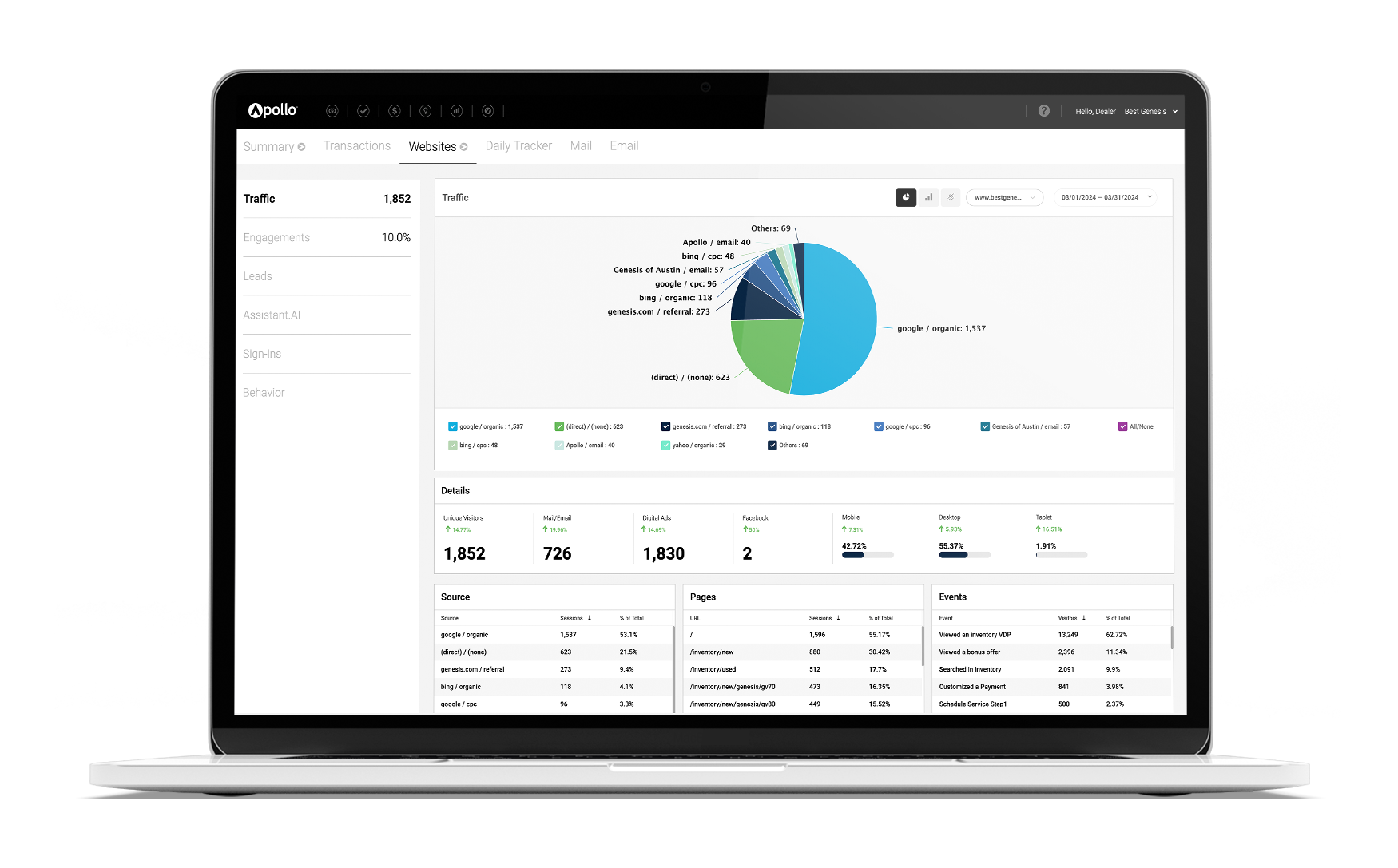Stop Stitching. Start Integrating.
By David Boice, Co-Founder and CEO at Team Velocity
Everyone says they’re integrated. But do they mean it?
The Problem
The problem that our industry suffers from at large is a poor customer experience. We know that now. This is where I like to introduce my concept of Mission Improbable.
Why do we call it Mission Improbable? It is, at best, improbable that a dealership who’s using upwards of 15 different companies that don’t have any official relationship with each other except that they occupy space on a dealer’s platform, has an even generally positive customer experience.
Each piece of disconnected tech has its own objective, and almost all of those objectives are not to sell a car, but to generate a lead; so, they’re competing with each other to do the exact same thing.
Making it Out of the Maze
Everyone in automotive tech claims to be integrated. But what most dealers get isn’t integration, it’s fragmentation. A maze of widgets, plug-ins, and vendors stitched together under the same banner. That approach doesn’t make your life easier. It makes your site slower, your data messy, and your customer experience disjointed.
When every vendor claims to integrate, it’s easy to assume all connections are equal. They’re not.
Your tech stack should simplify the experience from both sides of the sales desk, plain and simple. But, simplicity only works when the technology underneath it is actually built that way.
Integration isn’t about linking things together; it’s about engineering systems that truly, wholly work together. That’s the only foundation that is sustainable for load times, frictionless experiences, and clean, connected data from the entire customer journey.
Look for vendors who not only have their own all-inclusive platform, but those who build custom native integrations to guarantee that the entire experience, from sales to service and everything in between, flows seamlessly and uninterrupted, every time.
True integration isn’t bolted on; it’s built in.
Under the Hood
As some of you may remember, the car buying journey is widely exactly as it was 20 years ago. It was developed based on the technology that was available at that time, which is now linked together in a disconnected way. This produces a poor customer experience.
When you look at your site, what do you see? A myriad of pop-ups, a chat agent that just connects you to a sales rep without answering your question, three different price points on the same vehicle? This isn’t just frustrating—it’s impossible. It’s like hitting a ton of congestion in a tunnel, you just can’t get through it. It bottlenecks, makes the flow begrudgingly slow, and makes you want to turn around.
When you have different widgets from different vendors all on one page, they compete. For load time, for visibility, for engagement. This is harmful to your customer experience, and drives customers away in the blink of an eye, leading to low conversion rates and high bounce rates.
What you want: integration that is designed to operate natively; part of the same system, not an outsider passing data through a window. Not just a patchwork of plugins, but a high-performance ecosystem engineered from the inside out.
Why Does This Matter?
Built-in integrations don’t just sound good; they deliver measurable, dealership-level results.
This is the approach we took when building our platform from the ground up, connecting each and every piece of the customer experience natively. Dealers using Apollo, for example, see:
- 40–60% higher lead-to-sale conversion rates
- Service-to-sales conversions that climb from 8% to 23%
- Superior Google Core Web Vitals scores, resulting in better SEO, faster mobile load speeds, and higher engagement
When every component is engineered to work as one, data moves faster, websites perform better, and dealers close more sales.
That’s not theory, it’s proof.
What’s Next: Building the Future of Integration
The pace of innovation in automotive retail is accelerating, but so is the noise.
While others keep stacking vendors, we’re focused on what truly drives dealership growth: integration, personalization, and automation through one connected experience. When they zig, we zag. When they stack vendors, we simplify. When they frame things in, we build them in.
Because the future of dealership technology isn’t about adding more tools, it’s about finally getting them to work as one.
With Apollo, integration isn’t an option; it’s the engine that drives everything forward.
Source: LinkedIn
